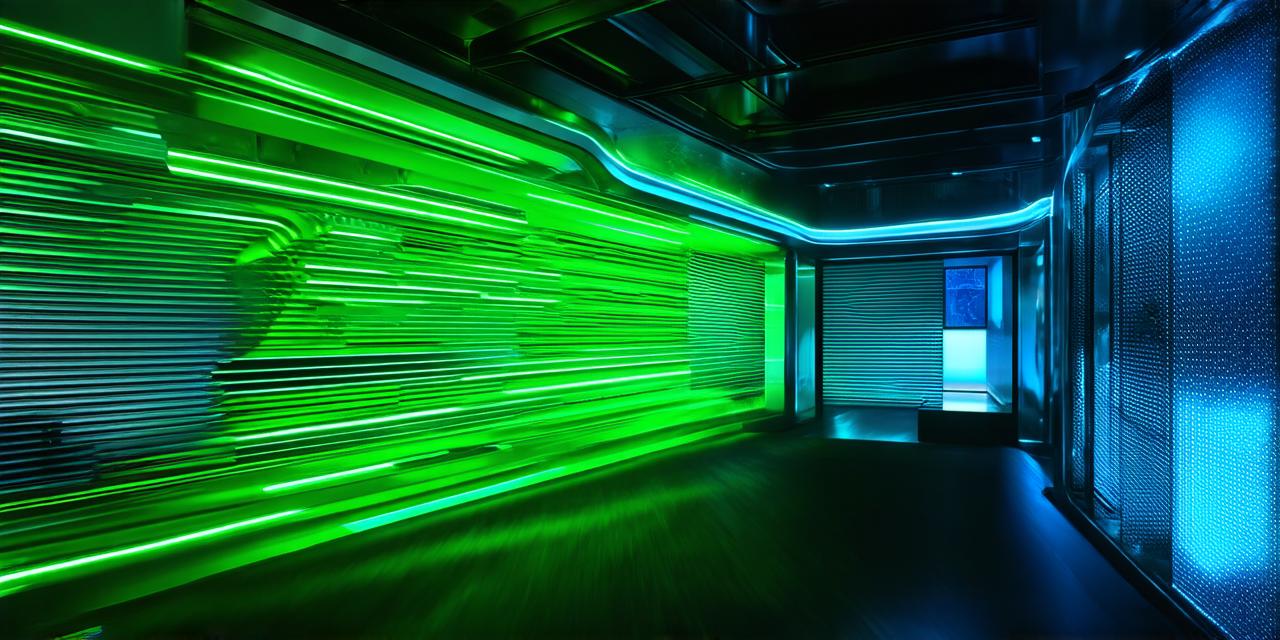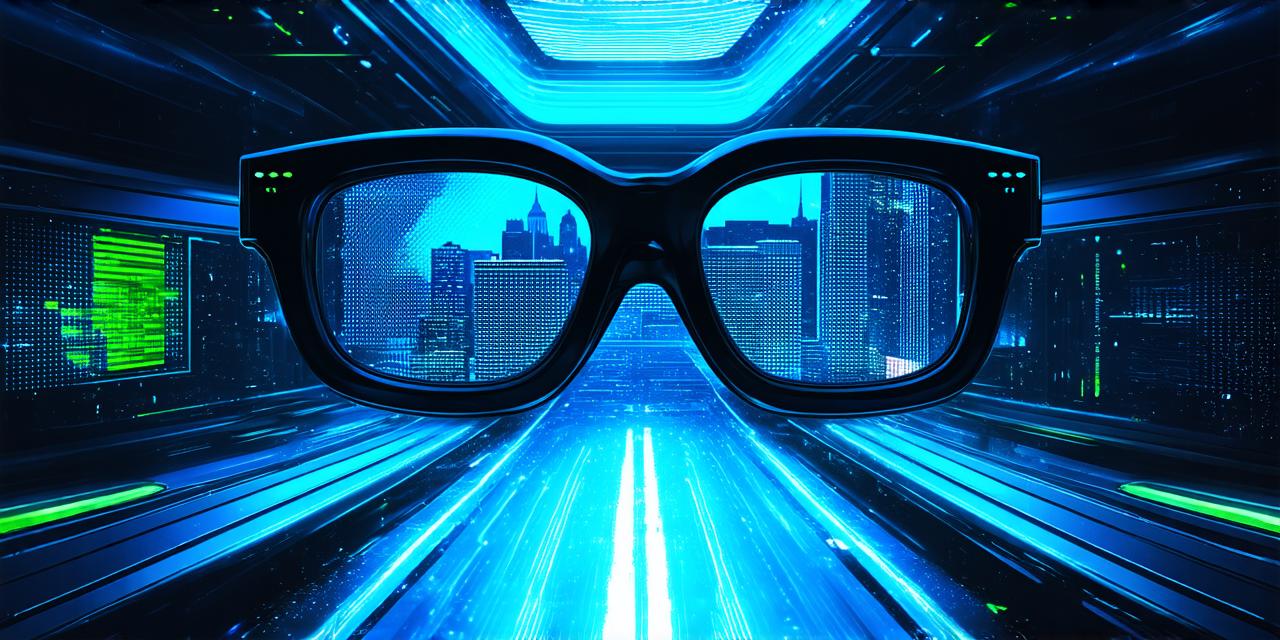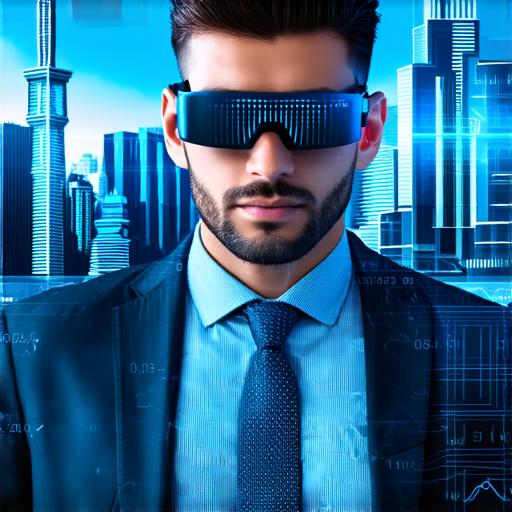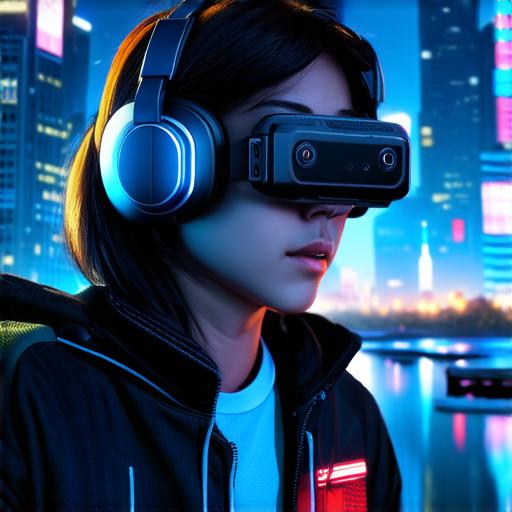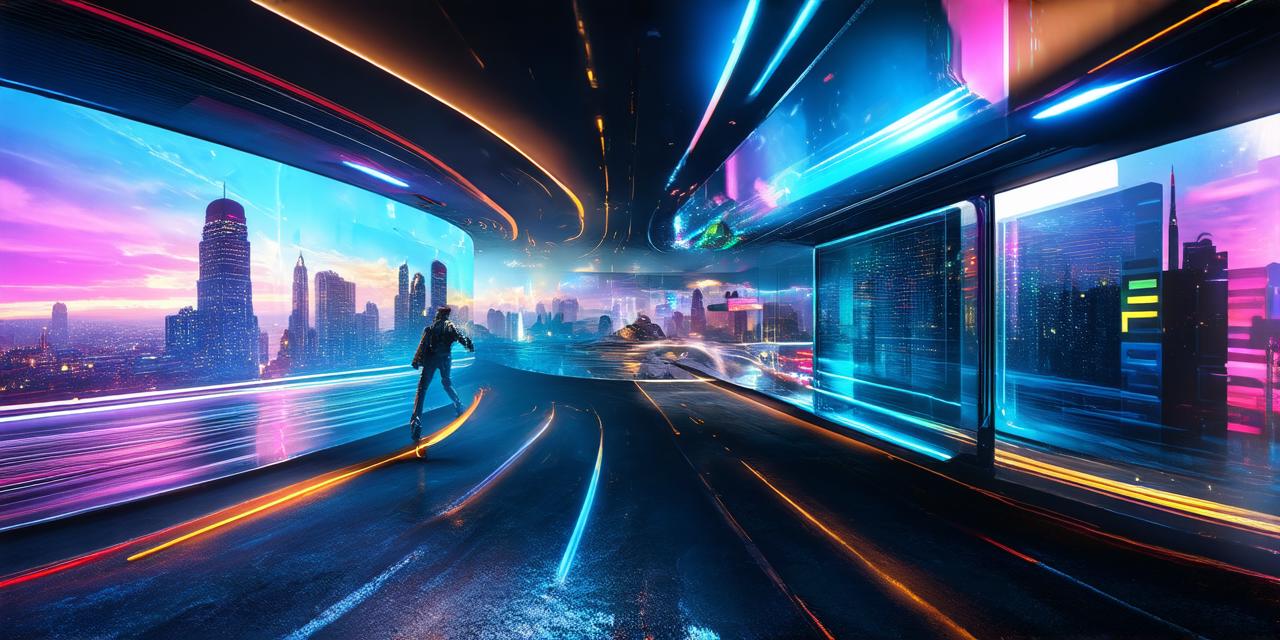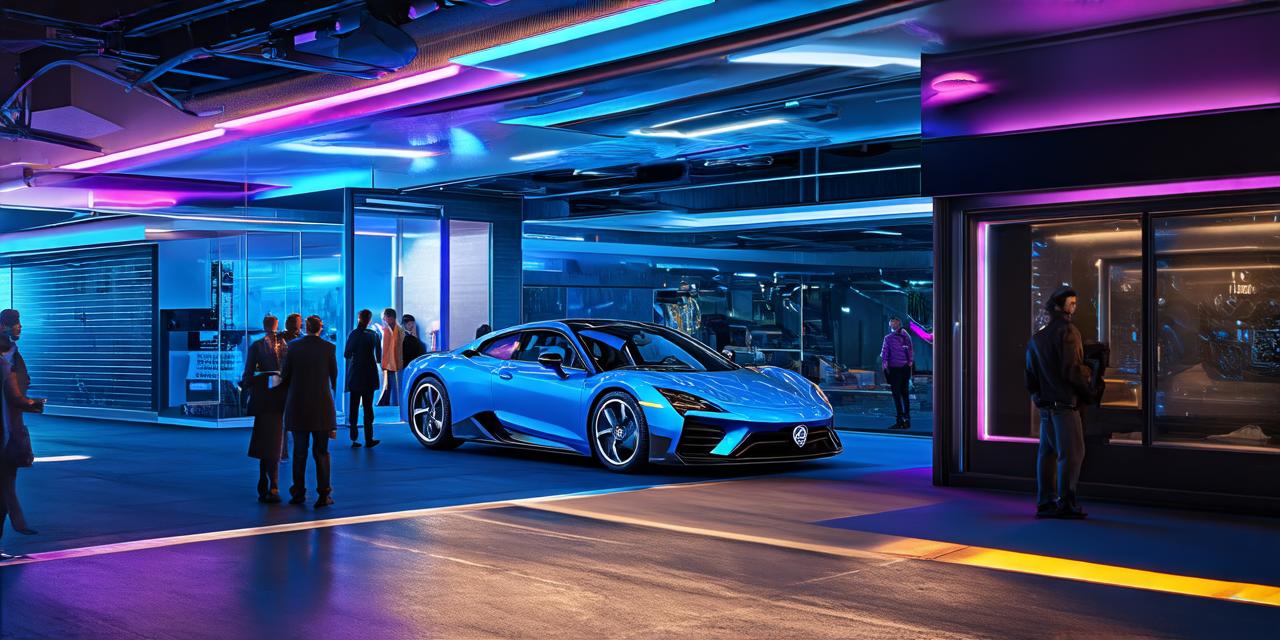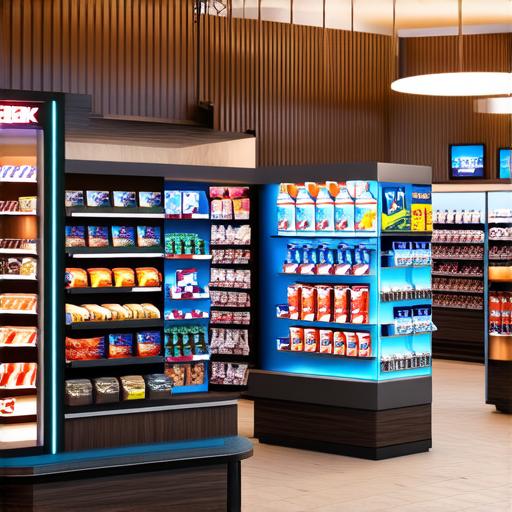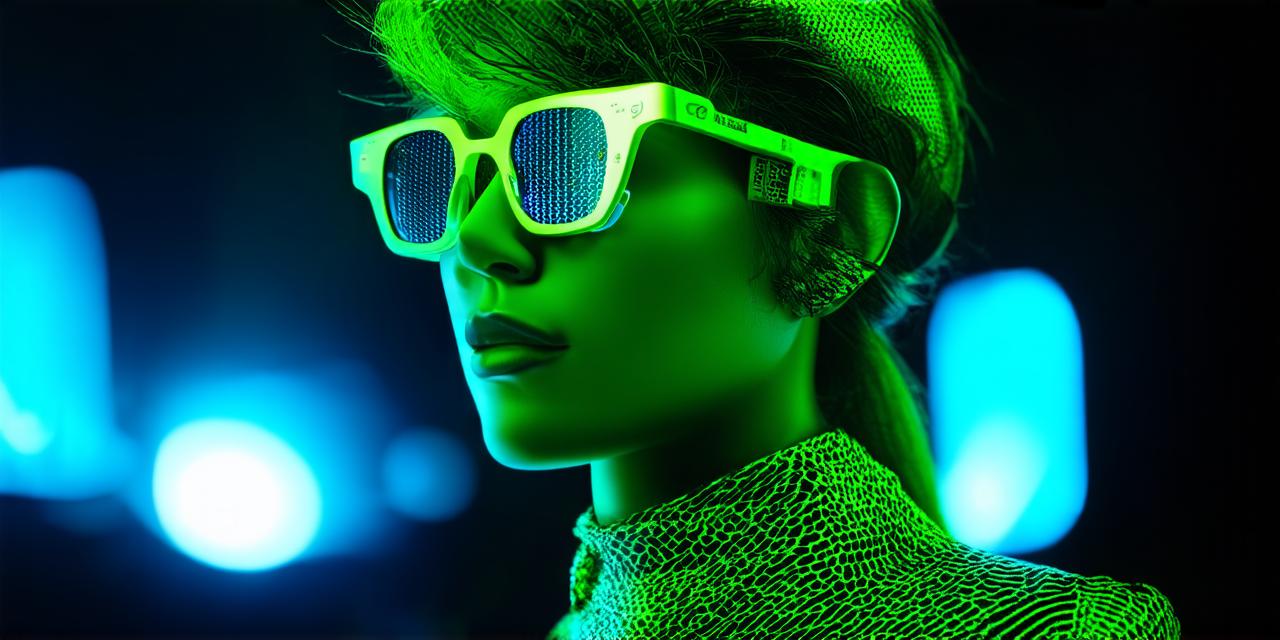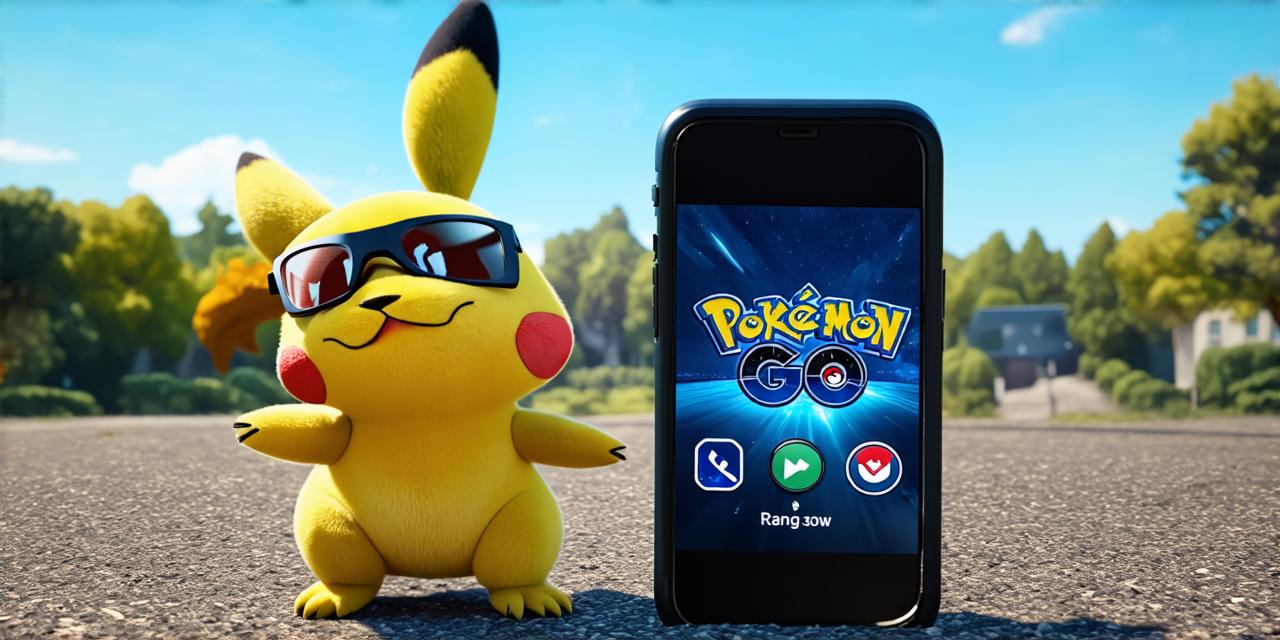Shopping with augmented reality (AR) is a new way for customers to experience products before making a purchase. AR technology allows shoppers to see how products would look in their own homes or on their bodies, providing a more personalized and interactive shopping experience. In this article, we will explore the benefits of shopping with AR and examine some real-life examples of companies that are using AR to enhance the shopping experience.
Benefits of Shopping with Augmented Reality
One of the main benefits of shopping with AR is that it improves the overall customer experience. By allowing customers to see how products would look in their own homes or on their bodies, they are better able to make informed purchasing decisions. This can lead to increased customer satisfaction and loyalty, as well as a higher likelihood of repeat purchases.
Increased Sales
AR technology can also help increase sales for retailers. By providing customers with a more immersive and interactive shopping experience, retailers can encourage customers to spend more time in their stores and make more purchases. Additionally, AR can help retailers identify which products are most popular among customers, allowing them to optimize their inventory and improve their supply chain management.
Reduced Returns
AR technology can also help reduce the number of returns for retailers. By allowing customers to see how products would look in their own homes or on their bodies before making a purchase, customers are less likely to return items that do not fit or match their expectations. This can lead to cost savings for retailers and a more efficient supply chain management process.
Real-Life Examples of Shopping with Augmented Reality
IKEA’s AR App
IKEA is one example of a company that has successfully implemented AR technology in the shopping experience. The IKEA Place app allows customers to see how furniture and decor items would look in their homes before making a purchase. This has been especially popular during the COVID-19 pandemic, as more customers have been shopping online and looking for ways to improve their home environments.
Sephora’s AR Try-On Feature
Sephora is another company that uses AR technology to enhance the shopping experience. The Sephora Virtual Artist app allows customers to try on makeup products virtually, using their smartphone camera to see how the products would look on their faces. This has been especially popular among younger customers who are looking for a more interactive and personalized shopping experience.
Wayfair’s AR Room Planner
Wayfair is an online retailer that has also implemented AR technology in the shopping experience. The Wayfair AR Room Planner allows customers to see how furniture and decor items would look in their homes before making a purchase. This has been especially popular among customers who are looking for a more convenient and efficient way to shop for home goods.
Case Studies of Shopping with Augmented Reality
IKEA’s AR App Improves Customer Experience and Sales
IKEA launched its AR app in 2018 and has since seen significant benefits from the technology. The app allows customers to see how furniture and decor items would look in their homes before making a purchase, which has led to increased customer satisfaction and loyalty. Additionally, the app has been instrumental in driving sales for IKEA, with the company reporting a 40% increase in online sales in the first year after launching the app.
Sephora’s AR Try-On Feature Increases Sales and Customer Loyalty
Sephora launched its AR try-on feature in 2018 and has since seen significant benefits from the technology. The feature allows customers to try on makeup products virtually, which has led to increased sales for Sephora and improved customer satisfaction. Additionally, the feature has been instrumental in building customer loyalty, with Sephora reporting a 50% increase in repeat purchases among customers who use the app.
Wayfair’s AR Room Planner Increases Sales and Reduces Returns
Wayfair launched its AR room planner in 2019 and has since seen significant benefits from the technology. The tool allows customers to see how furniture and decor items would look in their homes before making a purchase, which has led to increased sales for Wayfair and reduced returns. Additionally, the tool has been instrumental in improving supply chain management for Wayfair, with the company reporting a 20% reduction in returns from online purchases.
FAQs
How does shopping with augmented reality work?
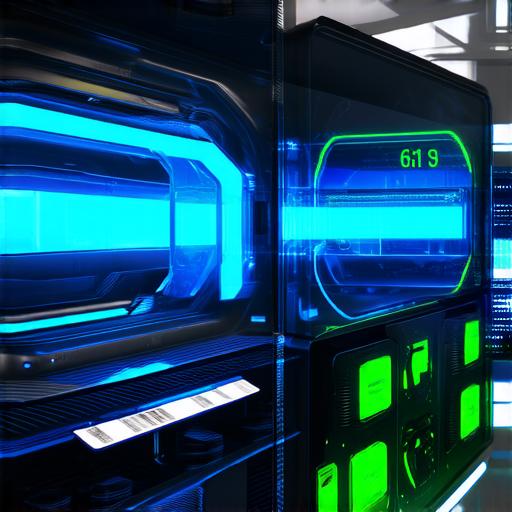
Shopping with augmented reality (AR) allows customers to see how products would look in their own homes or on their bodies before making a purchase using AR technology.
What are some benefits of shopping with augmented reality?
Some benefits of shopping with augmented reality include improved customer experience, increased sales, and reduced returns.
Can you provide real-life examples of companies that use augmented reality in the shopping experience?
IKEA’s AR app, Sephora’s AR try-on feature, and Wayfair’s AR room planner are all examples of companies that use augmented reality in the shopping experience.
